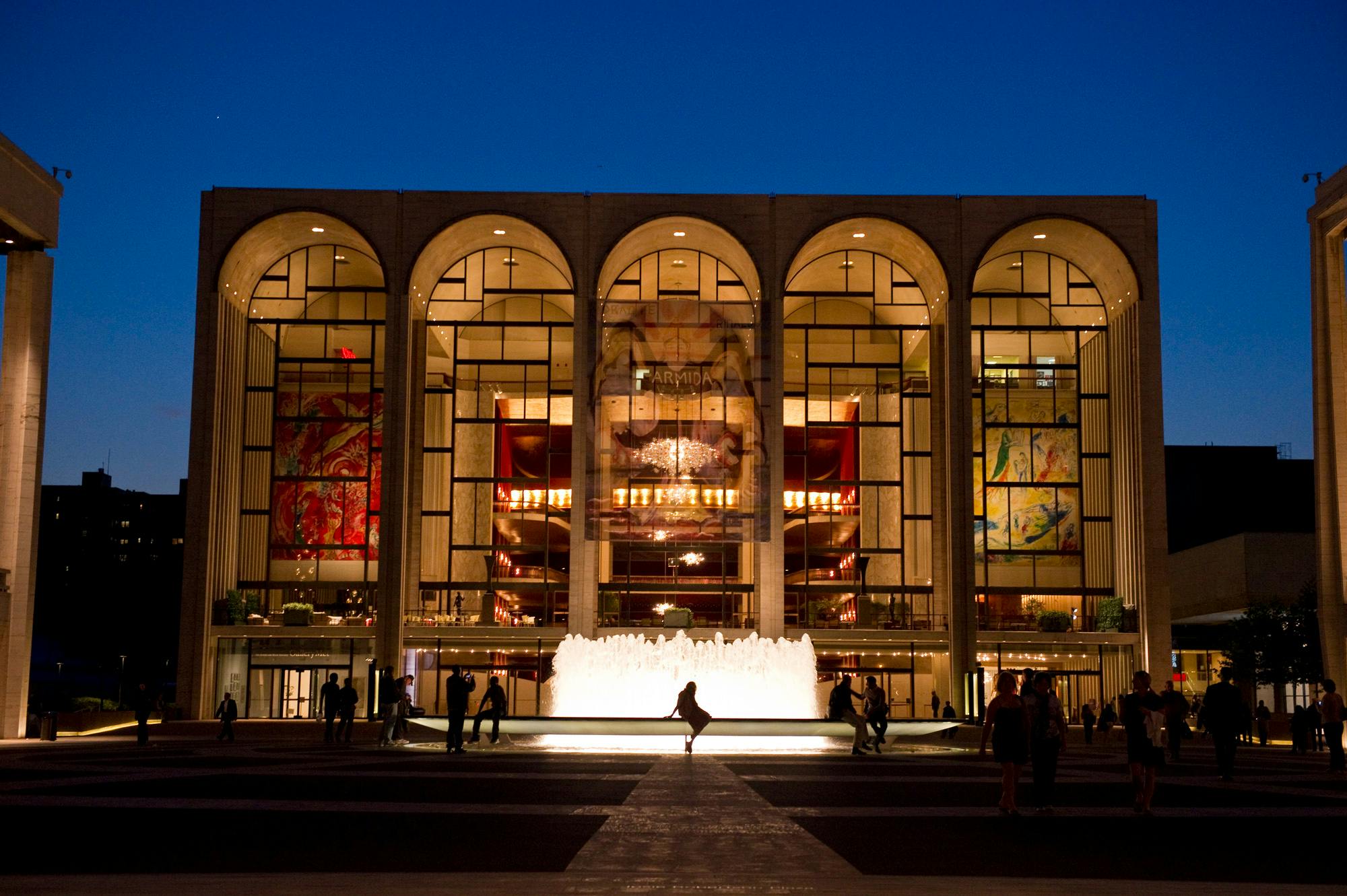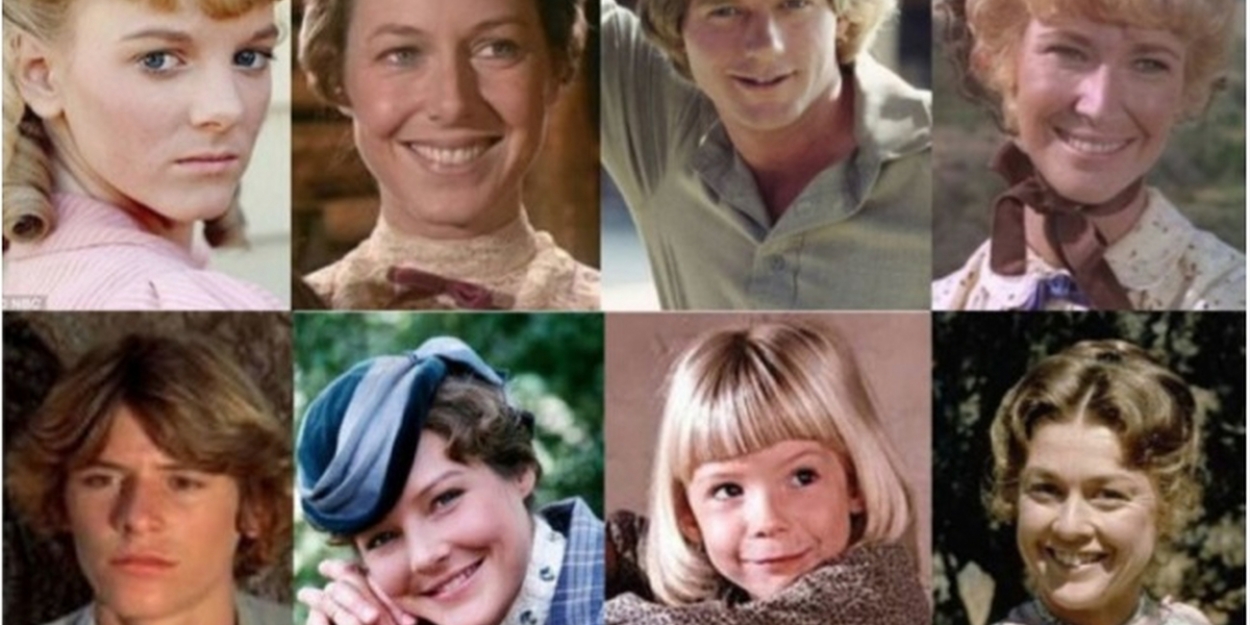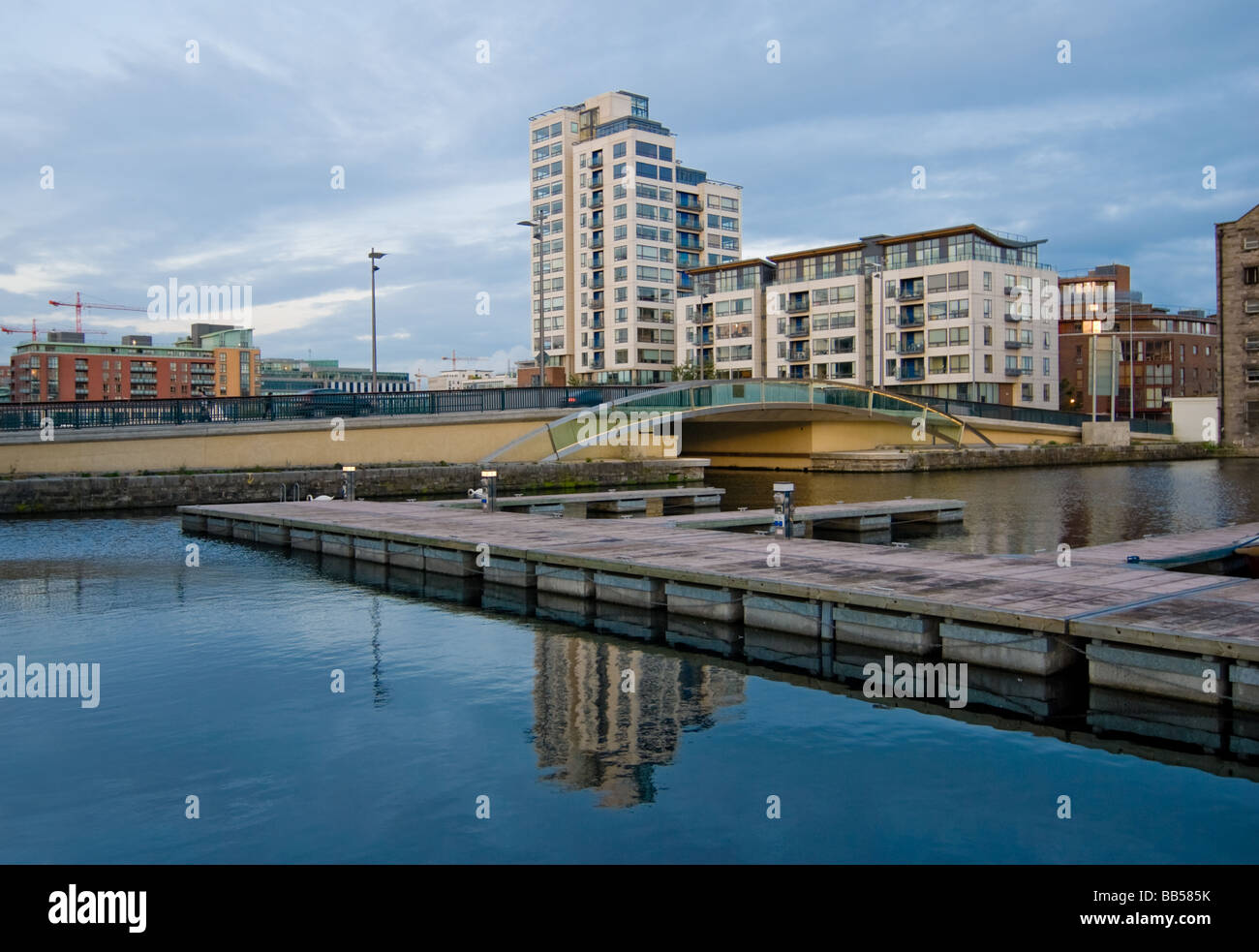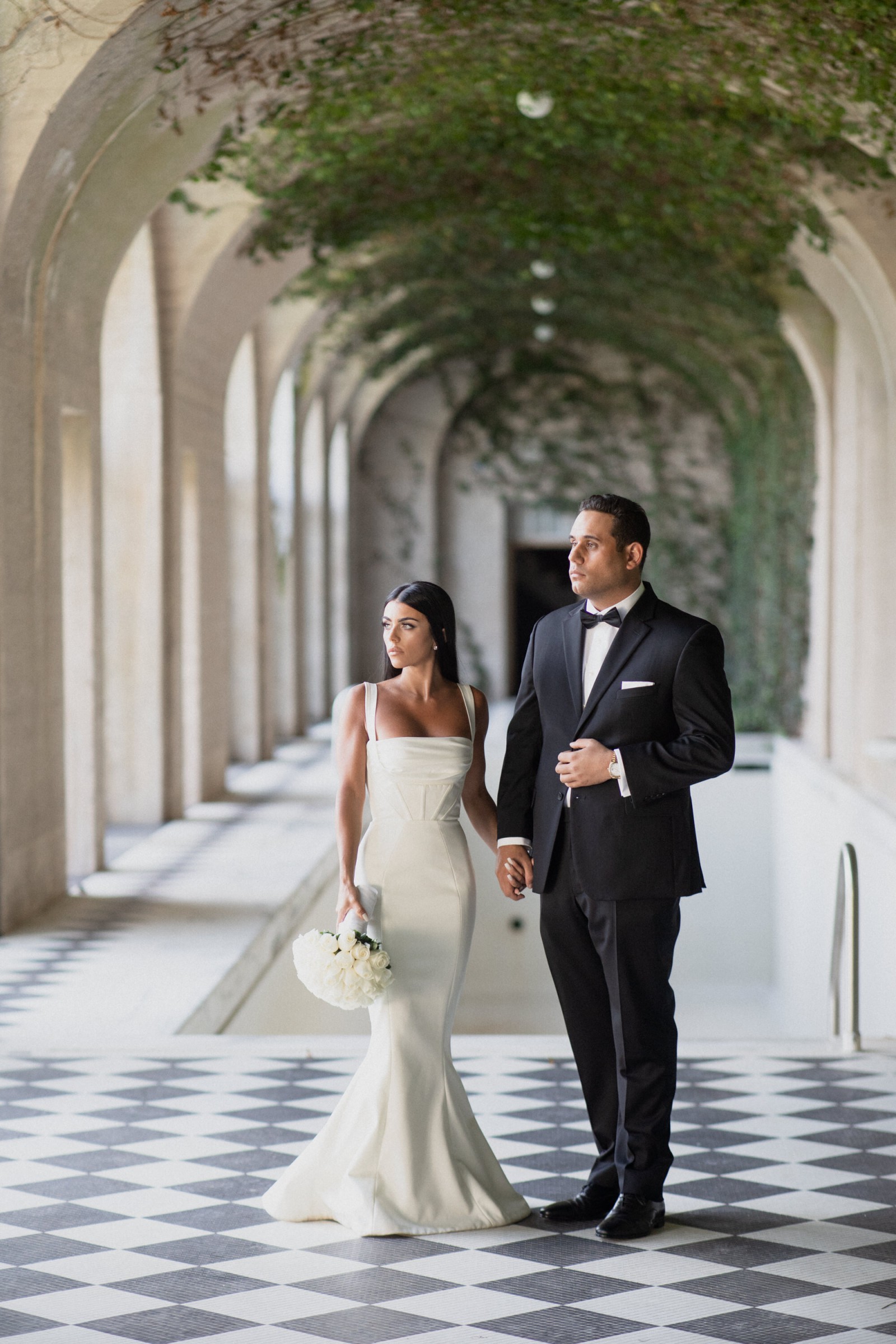Table Of Content

Rockefeller, seeking donors to the opera-construction project, would schmooze them with lunch at the Rainbow Room, where they could be seen with him. There is no dress code at the Met, but a night at the opera can be a great excuse to get dressed up. If you need inspiration, check out some of our favorite looks from Last Night at the Met, our curated fashion Instagram account. The Philadelphia Met was designed by noted theater architect William H. McElfatrick and had a seating capacity of approximately 4,000. The theater still stands and currently functions as a church and community arts center. The present Metropolitan Opera House is located in Lincoln Center at Lincoln Square in the Upper West Side and was designed by architect Wallace K. Harrison.
Music

Those of us who keep an eye on the comings and goings of singers at major opera houses around the world, have known that Friday’s debutant, Lithuanian soprano Asmik Grigorian, was going to be one to watch. Do some hand stretches now; opera curtain calls run long, with the singers, occasionally the chorus, conductor, and—on premieres of new productions—design team each enjoying their moment center stage. See the rule above concerning Patti LuPone, and it can be fun to see how dramatic an opera singer can make just one bow (or several). The Met has given the U.S. premieres of some of the most important operas in the repertory. Among Wagner’s works, Die Meistersinger von Nürnberg, Das Rheingold, Siegfried, Götterdämmerung, Tristan und Isolde, and Parsifal were first performed in this country by the Met. Other American premieres have included Boris Godunov, Der Rosenkavalier, Turandot, Simon Boccanegra, and Arabella.
Upcoming Performances
The architect, Josiah Cleveland Cady, had never designed a theater (and even boasted that he had “never entered a playhouse”), and therefore, the opera house’s structure, while impressive, had several functional faults and was considered antiquated even at its opening. As such, consistent efforts to start construction of a new opera house were commonplace until the mid-twentieth century. Anthony Davis’s groundbreaking and influential opera, which premiered in 1986, arrives at the Met at long last. Theater luminary and Tony-nominated director of Slave Play Robert O’Hara oversees a potent new staging that imagines Malcolm as an Everyman whose story transcends time and space. An exceptional cast of breakout artists and young Met stars enliven the operatic retelling of the civil rights leader’s life. Kazem Abdullah conducts the newly revised score, which provides a layered, jazz-inflected setting for the esteemed writer Thulani Davis’s libretto.
Metropolitan Opera
It already opened in January; Grigorian is only joining its final five performances of the season. So, if this is what it looks like when she steps into a revival, just wait until she stars in a new production. This revival of “Butterfly,” which will be simulcast in cinemas on May 11, has another notable debut in the conductor, Xian Zhang, the music director of New Jersey Symphony Orchestra. She led with brisk tempos, sensitive to Puccini’s shifts between Orientalist whole tones and love-drunk chromaticism, and reserving eruptive forces — including a pounding, death-driven drumbeat — for maximal effect.
He admitted the Vanderbilts to the Patriarch’s Balls, where they danced with impunity in the company of Mrs. Robert Goelet, Mrs. Albert Gallatin, the Bayard Cuttings, and the Adrian Iselins—even Mrs. Astor. At the Met, singers are more reliant on sound than acting to make an impression; Grigorian can distinguish herself in both, though the size of her voice, hardly that of a future Brünnhilde, doesn’t make it easy on such an enormous stage. OPERA America has announced $195,000 in awards for NYC Opera Grants, providing crucial support for small-budget companies. The season’s final run of MADAMA BUTTERFLY will continue through the May 11 matinee, which will be broadcast in the Met’s Live in HD series and on the Met’s Toll Brothers Radio Network. For more information about the opera and tickets, please see the Met’s website.
In his second consecutive HD transmission, tenor Jonathan Tetelman co-stars as Pinkerton, and maestro Xian Zhang takes the podium for Anthony Minghella’s breathtaking production, which also features Elizabeth DeShong as Suzuki and Lucas Meachem as Sharpless. Other media offerings include Metropolitan Opera Radio on SiriusXM Satellite Radio, a subscription-based audio service broadcasting both live and historical performances, commercial-free and round the clock. Met Opera on Demand (formerly called Met Player), a subscription-based online streaming service available at metoperaondemand.org, was launched in November 2008. It offers more than 550 Met performances, including Live in HD productions, classic telecasts, and archival broadcast recordings, for high-quality viewing and listening on any computer or iPad. The Met also provides free live audio streaming of performances on its website once every week during the opera season.

What is the Met Gala dress code?
For over five more decades it remained in constant use in turn as a movie theater, a ballroom, a sports venue, mechanic training center, and a church. The building then fell into serious disrepair and was unused and vacant from 1988 until 1995, when it became the "Holy Ghost Headquarters Revival Center at the Met". The church stabilized much of the building, eventually paving the way for the latest renovation of the opera house in 2017–2018.
Jacobs School of Music to collaborate with Metropolitan Opera on new work - IU Newsroom
Jacobs School of Music to collaborate with Metropolitan Opera on new work.
Posted: Thu, 07 Mar 2024 08:00:00 GMT [source]
Please note that video cameras will be in operation during the November 14 and November 18 performances as part of the Met’s Live in HD series of cinema transmissions. Wolfgang Amadeus Mozart (1756–91) was the son of a Salzburg court musician who exhibited him as a musical prodigy throughout Europe. His achievements in opera, in terms of beauty, vocal challenge, and dramatic insight, remain unsurpassed. Librettist Lorenzo Da Ponte (1749–1838), who led an adventurous life in Venice and Vienna, also collaborated with Mozart on Le Nozze di Figaro and Così fan tutte. He later emigrated to America, where he served as the first professor of Italian at New York’s Columbia College (now University).
The Metropolitan Opera produces a musical about Malcolm X - Spectrum News NY1
The Metropolitan Opera produces a musical about Malcolm X.
Posted: Mon, 02 Oct 2023 07:00:00 GMT [source]
However, a number of the Met's conductors have assumed a strong leadership role at different times in the company's history. They set artistic standards and influenced the quality and performance style of the orchestra, but without any official title. During the 1983–84 season the Met celebrated its 100th anniversary with an opening night revival of Berlioz's mammoth opera Les Troyens, with soprano Jessye Norman making her Met debut in the roles of both Cassandra and Dido. An eight-hour Centennial Gala concert in two parts followed on October 22, 1983, broadcast on PBS. The gala featured all of the Met's current stars as well as appearances by 26 veteran stars of the Met's the past. Among the artists, Leonard Bernstein and Birgit Nilsson gave their last performances with the company at the concert.[50] This season also marked the debut of bass Samuel Ramey, who debuted as Argante in Handel's Rinaldo in January 1984.
American singers acquired even greater prominence with Geraldine Farrar and Rosa Ponselle becoming important members of the company. In the 1920s, Lawrence Tibbett became the first in a distinguished line of American baritones for whom the Met was home. Today, the Met continues to present the best available talent from around the world and also discovers and trains artists through its National Council Auditions and Lindemann Young Artist Development Program. Soprano Asmik Grigorian, a superstar in the opera houses of Europe, brings her celebrated portrayal of the title role to the Met for her long-awaited company debut.
Attending the opera for the first time can be intimidating, but with the right attitude, it's as accessible as a night at the theatre—and a far cry from the sacrosanct experience it's often portrayed to be. Mozart’s score for this opera teems with the elegance and grace that marks his entire output, which is already evident in the ravishing overture. Don Giovanni’s famous Champagne Aria is exhilarating but almost vulgar, while the ineffectual loveliness of the tenor Don Ottavio is depicted in the long, languid lines of the character’s two ravishing solos, “Dalla sua pace” and “Il mio tesoro.” Donna Anna’s nobility are well reflected in her major arias.
After numerous revisions to its design, the new building opened September 16, 1966, with the world premiere of Samuel Barber's Antony and Cleopatra. The administration of Heinrich Conried in 1903–08 was distinguished especially by the arrival of the Neapolitan tenor Enrico Caruso, the most celebrated singer who ever appeared at the old Metropolitan. Architect Wallace K. Harrison, Lincoln Center President William Schuman, and Met General Manager Rudolf Bing admire the new Met’s nearly complete auditorium.
Beyond these experiments, however, and an occasional gala or special, the Met did not become a regular presence on television until 1977. Outside of New York the Met has been known to audiences in large measure through its many years of live radio broadcasts. The Met's broadcast history goes back to January 1910 when radio pioneer Lee de Forest broadcast experimentally, with erratic signal, two live performances from the stage of the Met that were reportedly heard as far away as Newark, New Jersey. Today the annual Met broadcast season typically begins the first week of December and offers twenty live Saturday matinée performances through May. The model of General Manager as the leading authority in the company returned in 1990 when the company appointed Joseph Volpe. Although the house would not officially open for several more months, the first public performance at the new Metropolitan Opera House was a performance of Giacomo Puccini's La fanciulla del West on April 11, 1966, with Beverly Bower as Minnie, Gaetano Bardini as Dick Johnson, and Cesare Bardelli as Jack Rance.
The Metropolitan Opera House (also known as The Met) is an opera house located on Broadway at Lincoln Square on the Upper West Side of Manhattan in New York City. It opened in 1966, replacing the original 1883 Metropolitan Opera House at Broadway and 39th Street. With a seating capacity of approximately 3,850, the house is the largest repertory opera house in the world.[1] Home to the Metropolitan Opera Company, the facility also hosts the American Ballet Theatre in the summer months. Adams describes Girls of the Golden West as “not exactly an opera, and … not exactly a musical”, conceiving it in terms of “songs rather than arias” and using the “most direct and simple” musical language of any of his works. And while the energy and urgency of the orchestral writing, with its Stravinskyan dislocations, instantly identifies the score’s composer, the vocal lines seem to veer between folk songs, sentimental ballads and something more high flown and conventionally “operatic”.
Meachem, while not as vocally powerful as DeShong, was the voice of morality, imbuing his character with apparent, genuine concern and outrage over Pinkerton’s treatment of the teenage geisha. The Metropolitan Opera has been performing Anthony Minghella’s sumptuous production of “Madama Butterfly” for so long now it’s almost a comfort watch – were it not for the unerringly bleak plot – in its familiarity. It’s become a staple of New York’s stages since ads showcasing the flowing colors of the staging blanketed the city back in 2006. The mezzo-soprano Elizabeth DeShong was a commanding, mighty Suzuki, a humane foil to the similarly powerful but chillier Sharpless as sung by the baritone Lucas Meachem.




















